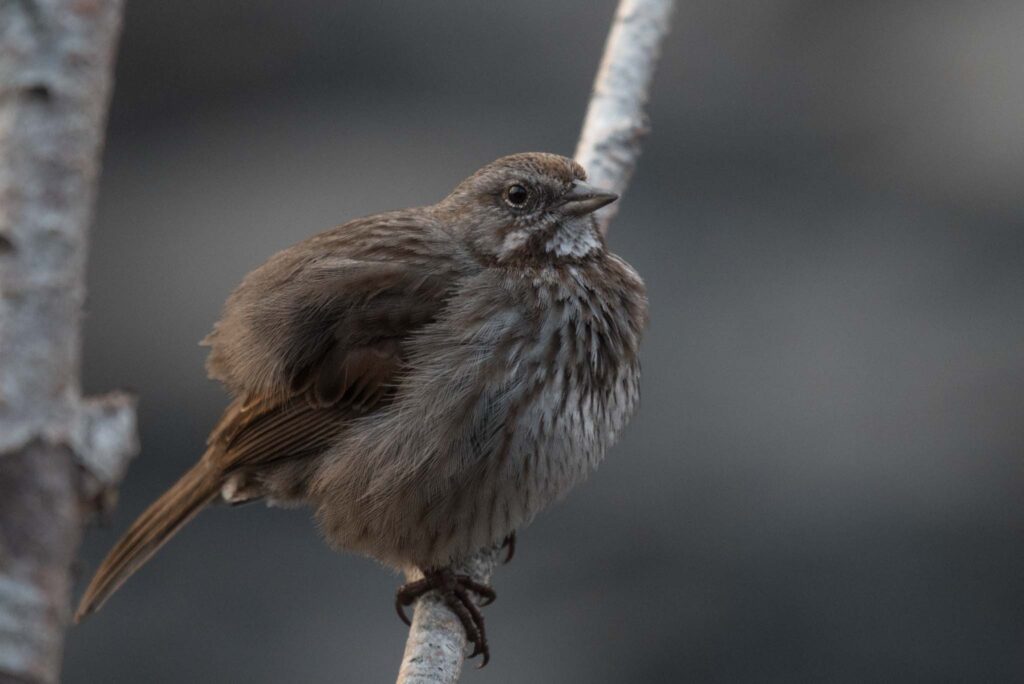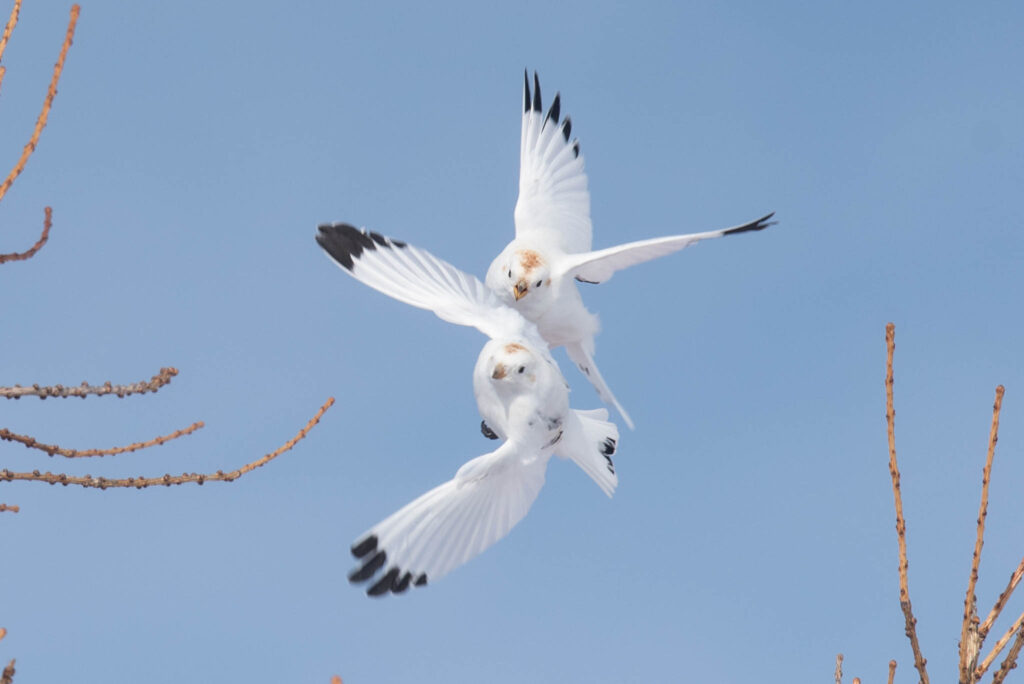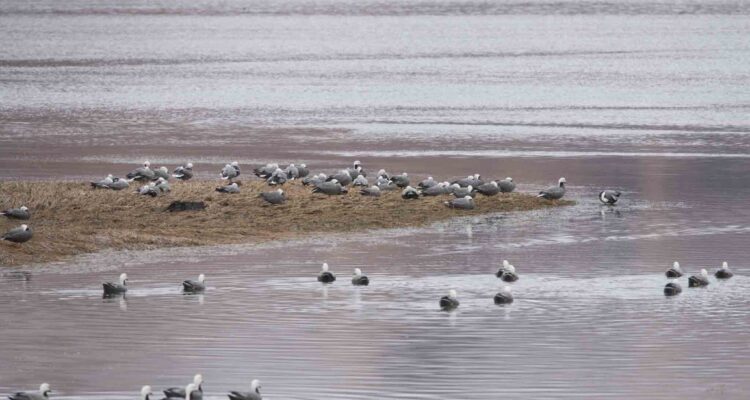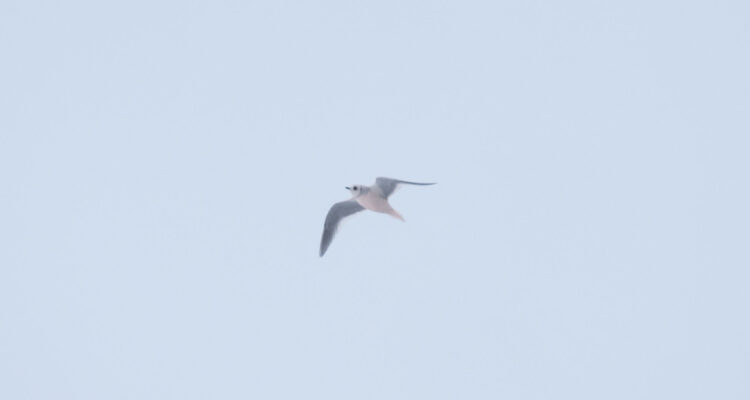Our 2024 Alaska tour season is off to a great start! As we have since 2017,…

Spring Fever Birding: Kodiak and Nome
We’ve just completed our annual early spring trip to Kodiak and Nome for a week of great birding! Since 2017, this trip has marked the beginning of our year of birding tours in Alaska. After a long winter, we get a little “cabin fever” and are extremely excited to get back out on a trip and search for Alaskan specialties. Kodiak Island in March provides the perfect opportunity to do just that. In fact, Kodiak in early spring may be one of Alaska’s best-kept secrets (I know, that’s very cliche, but it’s probably true!)
Kodiak Island is home to large and diverse flocks of wintering waterfowl, many of which are accessible from the Island’s extensive road system. These flocks include two very special birds–Emperor Goose and Steller’s Eider. Both of these species can be tricky to find on our trips later in the spring to western Alaska, but in Kodiak, they’re both quite easy to find and can be remarkably photogenic. Like in past trips, much of our efforts were focused on scanning the many bays and coastlines for water birds. In addition to Emperor Goose and Steller’s Eider, this year our efforts also produced a beautiful drake King Eider, large flocks of Common Eiders, and a Yellow-billed Loon. On the rocky shores near town, we enjoyed nice long studies of Surfbird, Rock Sandpiper, Black Turnstone, and Black Oystercatcher. A very distant Dunlin in Woman’s Bay completed the sweep of the regularly wintering shorebirds on Kodiak.

The forest birding on the island was relatively quiet this spring and local birders reported very low numbers of even common passerines this winter. However, we did get great views of Red Crossbill, Varied Thrush, and Pacific Wren.
Owling proved to be frustrating this year. On our past three trips we’ve had incredible encounters with Boreal Owls at Kodiak. However, despite three nights of diligent efforts in favorable weather, we failed to even hear one.
We plan one day in the Anchorage area on this tour to look for boreal species. This year we focused on the northern woodpeckers and easily found both American Three-toed and Black-backed Woodpeckers in a recently burned spruce forest north of Anchorage. A Northern Goshawk made an appearance during our picnic lunch. We made an attempt in Anchorage for Northern Saw-whet Owl, but unfortunately, like at Kodiak, the woods were quiet after dark.

Six of our seven Kodiak participants continued on to Nome for the optional extension to look for McKay’s Bunting and another participant joined us for just Nome. Our timing could not have been better. Immediately before our Nome extension, a large blizzard hit the Seward Peninsula, shutting down flights to and from Nome for several days. The day we arrived, however, the weather was perfect–a clear blue afternoon with light winds and a stunning sunset over the Bering Sea. The next day the weather was fine, too, but several hours after we left Nome another blizzard hit and again canceled flights—phew!
Our brief 26 hours or so in Nome was quite productive. We don’t expect many species on these late March forays as it’s still very much winter in Nome. However, we found our main target in spades–a flock of 22+ McKay’s Buntings was consistent on the edge of town and occasionally frequenting a feeder. We spend a lot of time admiring these white beauties and photographing them as long as our frozen fingers could stand it. Common Ravens were around and we found at least one Snow Bunting in the flock. A few miles from town we encountered large numbers of Willow Ptarmigan and a small flock of Rock Ptarmigan for comparison! We found muskox on the hills north of town, a lone moose in the willows, and a number of snowshoe hares.


It was a great start to 2023 birding in Alaska and we’re already looking forward to getting back to Kodiak next spring! More photos from previous early spring Kodiak and Nome trips can be found here.


